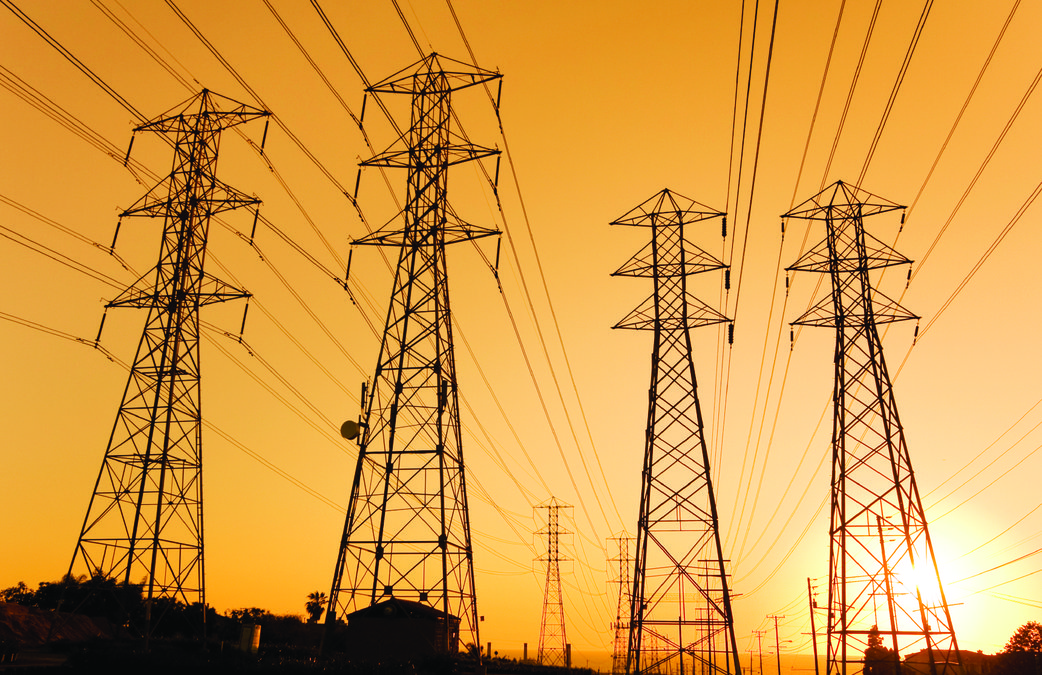Manteca may join 22 other cities and five counties representing more than 5 million PG&E ratepayers in calling for the California Public Utilities Commission to force the restructuring of the utility into a customer-owned non-profit.
The City Council Tuesday is being asked to join the coalition pushing to change the investor-owned company into a customer-owned concern like the Sacramento Municipal Utility District (SMUD) that has electricity rates 30 percent below PG&E.
In a related development, State Senator Scott Weiner is expected to announce today the introduction of legislation aimed at doing just that. Weiner first announced his intent to push for restructuring PG&E on Nov. 18.
South San Joaquin Irrigation District General Manager Peter Rietkerk has indicated such action would dovetail into SSJID’s efforts to acquire the PG&E retail system in Manteca, Ripon, and Escalon to lower power rates, increase reliability, improve safety, and to have an electrical service that answers to the ratepayers and not Wall Street investors.
Among the cities already onboard with the effort are San Jose, Oakland, Stockton, Modesto, Elk Grove, Clovis, Sunnyvale, Chico, Hayward, Sacramento, Davis, Berkeley, and Redding among others.
Given the bankruptcy court can’t approve any plan of reorganization that includes a rate change that’s highly likely to cover wildlife liabilities without the CPUC agreeing plus the fact the recently-enacted state law establishing the Wildfire Fund that is critical for PG&E’s re-financing plan requires the CPUC to bless PG&E accessing it means the commission will play a key role in whether the for-profit utility continues standing.
The coalition notes there are two plans for PG&E to get out of bankruptcy that are focused on repaying creditors but neither offers a viable path forward for PG&E to adequately invest in infrastructure that is key to enhancing safety and reliability as well as prevent future power shutoffs for public safety.
The group envisions that all of the PG&E gas and electric system becomes a customer owned utility.
As such a public agency can raise capital at a rate 40 percent below PG&E since they do not pay shareholder dividends or federal taxes. That is critical in overall rate costs given PG&E has said it needs to spend at least $28 billion over the next four years to upgrade and harden its infrastructure. As an example, PG&E paid out $7 billion in dividends between 2009 and 2017 and had a 10 to 12 percent return or profit.
PG&E has piled up tons of ill will in the past 14 months.
*It has accepted responsibility for aging and inadequately maintained equipment that triggered a wildfire in Butte County that killed 85 people, burned 14,000 homes, and destroyed 6,000 other structures including churches and schools.
*PG&E entered its second bankruptcy in 10 years.
*The utility has indicated it will seek a 12.9 percent rate hike to pay for safety work that it not only has delayed but in some cases had already secured rate hikes to perform but instead shifted the revenue to other purposes.
*PG&E — due to aging equipment and backlog of basic maintenance of power lines — deliberately cut power to millions of customers last year to reduce the risk of being held responsible for another wildfire.
*The utility is on federal probation for lying to a federal court regarding pipeline safety stemming from their natural gas line exploding and killing 8 people in an San Bruno.
A customer-owned utility is based on the cooperative utility model. There are more than 900 cooperative utilities across the United States
SSJID and the City of San Francisco along with a Yolo County agency and the Nevada Irrigation District are pressing the federal bankruptcy court to force the sale of segments of the PG&E system.
San Francisco’s $2.5 billion offer followed SSJID’s $116 million proposal to buy the PG&E retail system serving Manteca, Ripon, and Escalon along with surrounding farmland.
The last time SSJID made a buyout offer to PG&E in 2016 it was rejected outright. Neither the bankruptcy court or PG&E to date have rejected the latest offer.
To contact Dennis Wyatt, email dwyatt@mantecabulletin.com





